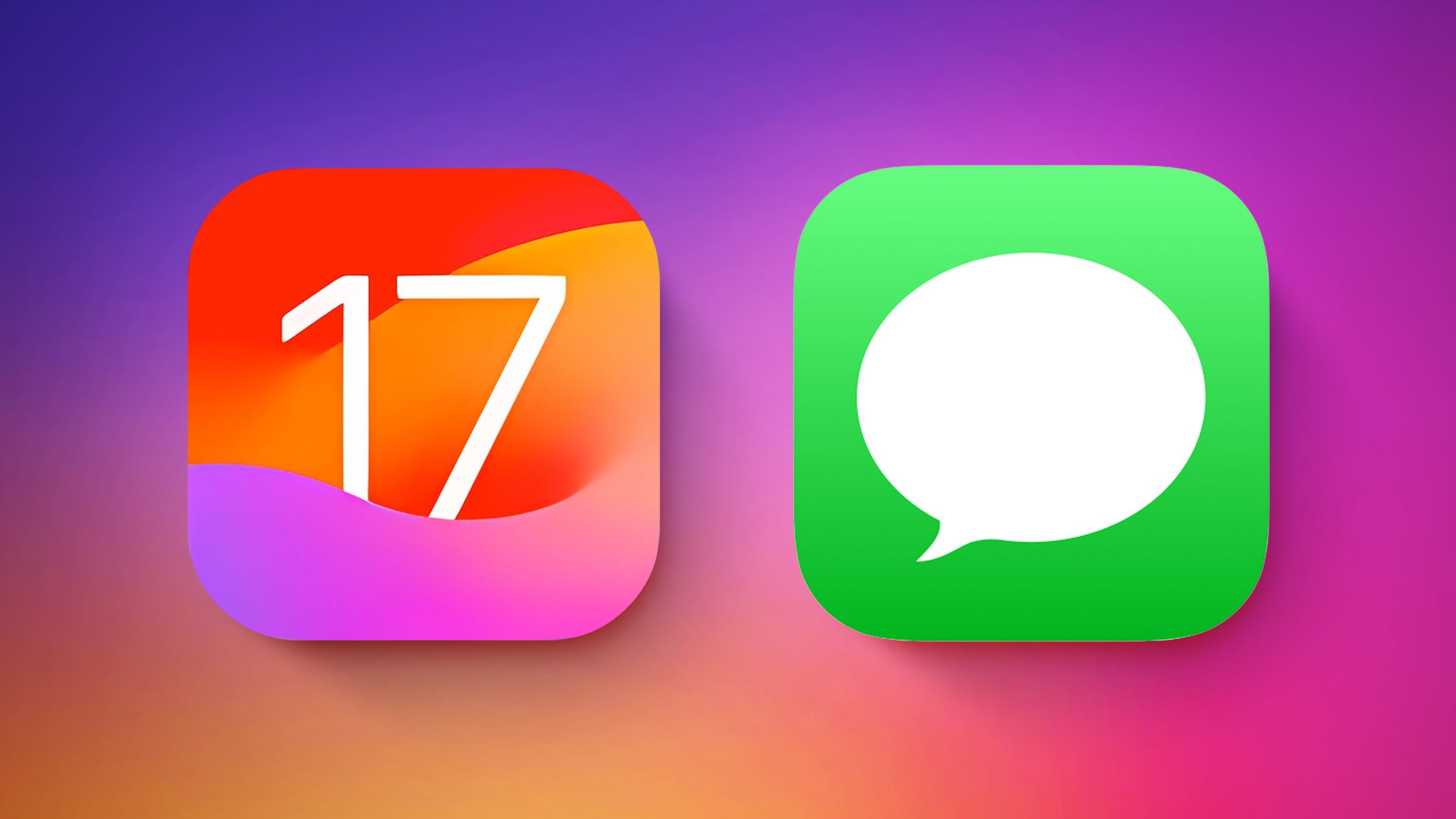

Remember when you used to be able to remove your battery by just popping off the plastic back of your phone? That era of smartphone design might make a (partial) return, if the European Union has anything to say about it.
The European Union is set to approve new regulations on smartphone batteries. If it’s successful, smartphone companies will be forced to make smartphone batteries easy to access, as the new proposed rules say that users should be able to remove their batteries without needing any expertise or special tools. Under the current proposal, smartphone makers would be forced to launch phones with removable batteries by 2027 — else, they won’t be able to sell those phones in Europe.
Currently, to remove the battery in most smartphones, you need a heat gun, perhaps a prying tool, and more likely a screwdriver or two — the process is not at all standardized, and it varies from smartphone to smartphone, but the basics remain the same. Chances are that you’ll need to buy tools, be extra careful, and watch a YouTube video several times in an attempt to not mess up anything. This is a far cry from how things used to be years ago, when the only tool you needed was your fingernail.
Despite the fact that there are some smartphones still going against the tide, like the exceptionally repair-friendly Fairphone 4, this is the exception rather than the norm. Most larger manufacterors have transitioned to non-removable batteries. This trend started with the release of the first iPhone in 2007, but some companies fought against the change for years. Eventually, though, they ceded. Samsung made the switch to non-removable batteries with the Galaxy S6 in 2015, and many Android OEMs did it way before or began doing it when Samsung did.
If the European Union approves this, however, then this trend will begin turning around, and we will begin seeing removable batteries again. Europe is famously forcing Apple’s hand with USB-C, as it’s being forced to comply with regulations and kill the Lightning port on iPhones — something the company is set to do with the upcoming iPhone 15, which is rumored to use a USB-C port.
Source: Council of the European Union
Via: ExtremeTech






